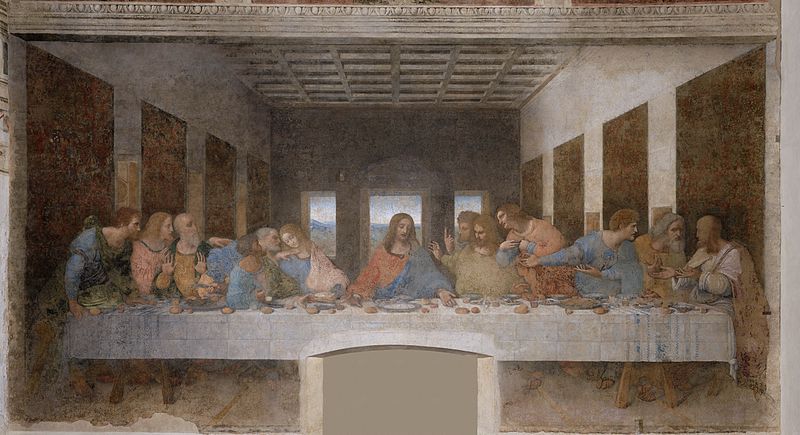When a Grown Man Has an Invisible Friend
THE QUEEREST SHOW on Broadway in the summer of 2012 didn’t feature drag queens, buff chorus boys, or lesbian love songs. Instead, audiences attuned to the codes of same-sex relationships may have been surprised to find the delightful zing of transgression in an old-fashioned chestnut about the love between an amiable alcoholic and a six-foot-tall invisible rabbit.
More


